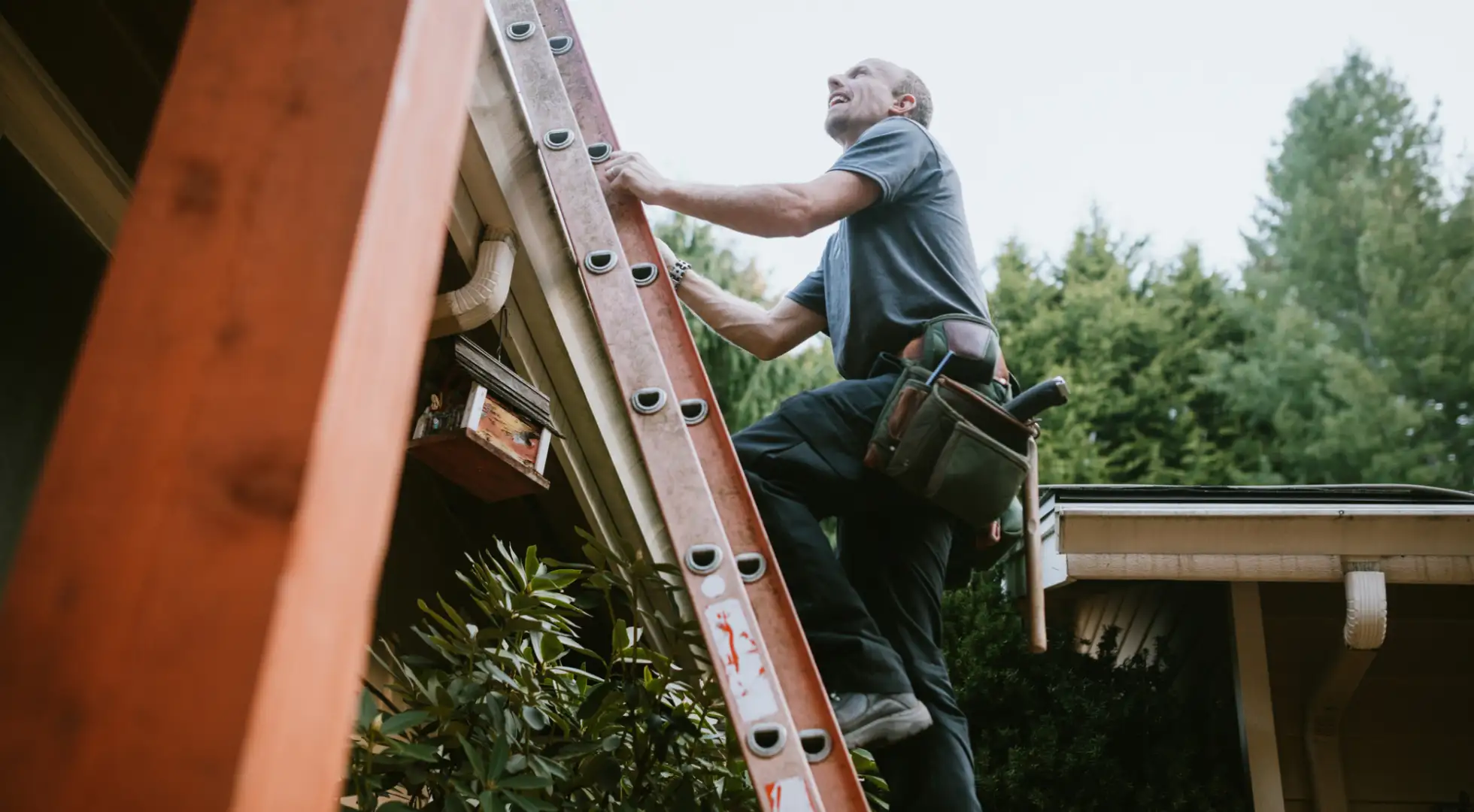How to Use a VA Mortgage to Fund Your Fixer-Upper Projects

Veterans and service members can again use their VA benefits to fund their fixer-upper projects. The Department of Veterans Affairs (VA) suspended appraisals for home renovation and repair loans last March due to Covid-19. It lifted the restrictions on April 1.
VA home renovation loans fund a home’s purchase price as well as the cost to repair it into one fully amortizing, fixed-rate mortgage.
If you're a buyer, that means you don't have to pursue separate financings – one for your home's mortgage and one for the renovations. Or, if you're making significant upgrades to a home you already own, you don't have to shop for a home equity loan or a line of credit (HELOC).
You can refinance with a VA reno loan and pay for the improvements. It has all the benefits of a traditional VA loan, such as no down payment required, lower minimum credit scores and no mortgage insurance needed. Cash-out refinances and home equity loans typically have stricter standards.
“The VA renovation loan is an incredibly beneficial resource for any borrower who qualifies and is seeking to update and customize their next purchase or transform their existing property,” said Richie Duncan, a senior loan officer with VA Nationwide Home Loans, a VA renovation loan provider based in Overland Park, Kansas.
Rules and restrictions apply, of course. While guidelines differ from lender to lender, to be eligible for this loan vehicle, you typically must meet the following criteria:
- Be a service member or veteran who has served a minimum of 90 consecutive active-duty service days during wartime, 181 active-duty service days during peacetime or six service years in the National Guard, or be married to a service member who died in the line of duty or from a service-related disability.
- Obtain a valid Certificate of Eligibility.
- Use the home as your primary residence. The home cannot be a multi-unit or mixed-use property, condo, demolished/raised/relocated, co-op, investment property or mobile home on leased land. Existing built homes, foreclosures and short sale homes are eligible.
- Not exceed a maximum renovation cost of $100,000.
- Choose a repayment term of 10, 15, 20, 25 or 30 years.
- Possess a minimum credit score, typically between at least 580 and 620.
- Not exceed a loan-to-value ratio of 90% (of the appraised value) if this is a refinance loan.
- Not exceed a debt-to-income ratio of 50% in most cases.
- Hire a general contractor/subcontractors to do the work. (Borrowers cannot do the renovations themselves.)
- Begin work within 30 days and complete all work within 120 days of the loan’s closing.
- Apply the funding toward renovations that are not structural or regarded as luxury items. Among the eligible improvements are those that eliminate health and safety risks; connecting to public water and sewer systems; repairing or replacing plumbing, HVAC and/or electrical systems; making changes for improved functionality and modernization; replacing a worn roof; making energy conservation improvements; and enhancing accessibility for persons with disability.
“If you need to make significant structural improvements, such as changing support beams, doing foundation work, building an addition and moving walls that require new load-bearing beams, this loan is not applicable,” Duncan said.
Also, “you can’t borrow more than the combined cost of all your repairs,” said Eric Nerhood, owner of Premier Property Buyers, a real-estate flipping and investment firm headquartered in Seal Beach, California. “You must use VA-approved contractors only. You have to have verifiable income with tolerable debt levels. And you cannot purchase a house, gut it and renovate from the ground up.”
This loan is ideal for qualified homeowners who haven’t built up sufficient equity.
“Anyone who hasn’t accrued enough equity in their existing home, but for whom updates will make a huge difference, should strongly consider this – especially if you’ve been noticing home values increasing rapidly in your area and you want to keep pace and capitalize on the potential for substantial equity gains,” Duncan said.
Be forewarned, however: Finding a lender that offers a VA renovation loan won’t be easy, Duncan said.
“These are very involved loans. They require more documentation, multiple conversations, approving contractors and getting everyone to agree and meet closing time frames,” Duncan said. “Plus, in hotter markets, it can be more challenging to convince a seller to allow you to use this loan.”
If you aren’t eligible for a VA renovation loan or want to do your due diligence as a borrower, you can explore alternatives like an FHA 203(k) loan, VA cash-out refinance loan, VA Energy Efficient Mortgage, Fannie Mae HomeStyle Renovation loan, a HELOC or a home equity loan. Each of these options has its pros and cons, but some could have more restrictions and may cost more in the form of higher interest rates, down payment and closing costs.
Erik J. Martin is a Chicago area-based freelance writer whose articles have been published by AARP The Magazine, The Motley Fool, The Costco Connection, USAA, US Chamber of Commerce, Bankrate, The Chicago Tribune and other publications. He often writes on topics related to real estate, personal finance, business, technology, health care and entertainment. Erik also hosts the Cineversary podcast and publishes several blogs, including martinspiration.com and cineversegroup.com.




